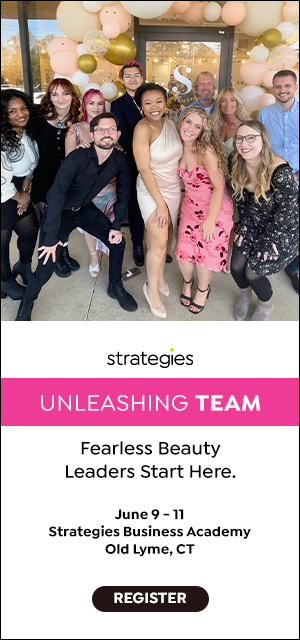Why the best business fix is rarely the first choice
 The road to success is rarely a freshly paved superhighway. It's more like an off-road trail that contrasts the easy stretches with obstacles, steep cliffs and, of course - lions and tigers and bears. Surviving the obstacles and hazards demands a good plan and the ability to adapt quickly should the plan go awry. And depending on the severity of the danger, sometimes the best plan is the toughest to execute. In do or die situations, you have to go with the best plan - no matter how tough it appears.
The road to success is rarely a freshly paved superhighway. It's more like an off-road trail that contrasts the easy stretches with obstacles, steep cliffs and, of course - lions and tigers and bears. Surviving the obstacles and hazards demands a good plan and the ability to adapt quickly should the plan go awry. And depending on the severity of the danger, sometimes the best plan is the toughest to execute. In do or die situations, you have to go with the best plan - no matter how tough it appears.When things go wrong in business, decisions need to be made. Maybe it’s a crisis that’s been thrown at you, or a problem that has manifested over time into something big and ugly like excessive debt or payroll costs. The good news is that there is a fix for just about every business problem no matter how big and ugly it is. The bad news is that leaders often avoid the best and most thorough fix and run with the second best fix because it’s easier, faster, less controversial, will upset fewer people and will require less sacrifice. Translation: The second best fix is a quick fix that lacks the depth and potency to thoroughly rid the company of its big ugly problem. As a result, the problem resurfaces time and time again, as big and as ugly as ever.
Here are the four no-compromise leadership strategies to help you pick the best fix first:
- Shields-down objectivity: A business owner was talking to me about his company’s struggle with profitability and cash flow. It didn’t take long to discover that the elephant in the living room was his 60% payroll due to paying 50%+ commission rates. When I explained the need to install a new compensation system, like our Team-Based Pay, that will allow him to gradually get his payroll percentage under control, he said, “I don’t want to do that.” I said, “Ok, then you’re looking at adding service and/or product charges - or outright cutting commissions.” The problem with both fixes is that cutting commission will likely blow up the business and service/product charges don’t go deep enough to lower the payroll percentage to a manageable level. Big ugly problems require that all solutions be on the table. Usually the fix you want to do the least is the one you need to do the most. Put your resistance shields down and explore all options.
- Change is good: Big ugly problems in business are an indicator of broken and/or tired systems, complacency and disengaged leadership. Picking an easier, less potent fix for a problem to avoid rocking the boat is indicative of what’s ailing your company. Going for the fix that’s going to require planning, execution, training, coaching, engagement and accountability is just what your company needs. A controlled and thorough rocking of your boat is a good thing.
- Embrace action ... not fear: Ignoring or hoping a big ugly problem will go away by itself is shortsighted and ultimately leads to further deterioration. Problems only get worse when left alone. Fear of the unknown is natural, but it’s not an excuse to avoid action. Fearing the best solution because it’s different or foreign to you severely limits your options. Don’t fear the solution - fear the big ugly problem that’s staring you in the face.
- Go “No Compromise”: No-Compromise Leadership means, “If it needs to get done…get it done.” It also means breaking through your leadership blockages that may include fear of confrontation, fear of numbers, or fear that some employees won’t like the change and leave. When problems get big and ugly, you need to get big and bold. You need to go with the best fix for your company, not the fix that will ruffle the fewest feathers.
- - - - - - - - -
Please share your thoughts with me about today's Monday Morning Wake-Up. Click above to comment.
Pass this e-mail on to your business colleagues, managers and friends. They’ll appreciate it.








Comments
No comments found. Start the conversation!
Leave a Comment